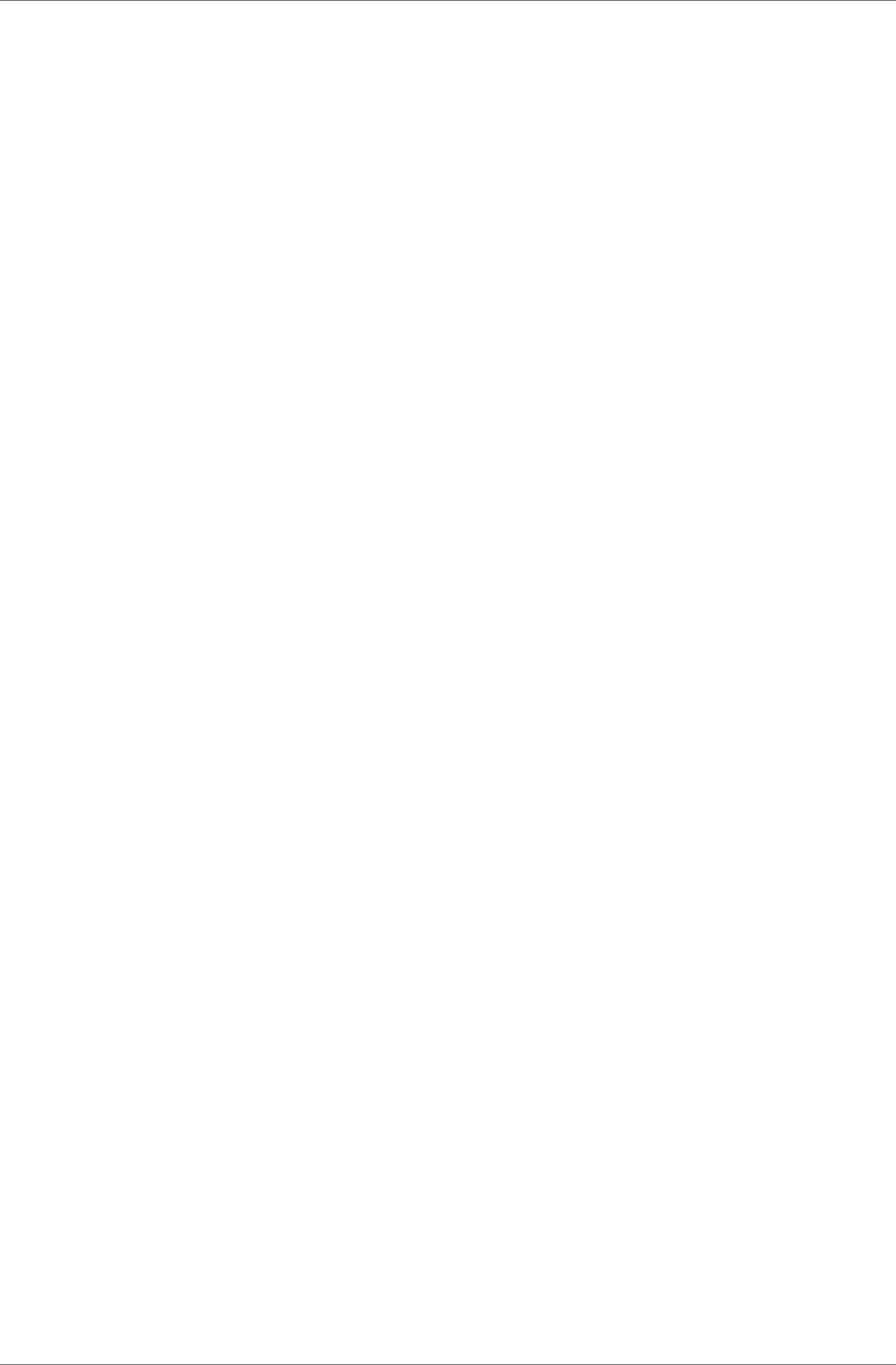
dCS 974 User Manual Manual for Software Version 1.0x
dCS Ltd May 2001
Manual part no: DOC1241121A1
Page 125
Document No: OS-MA-A0124-112.1A1
Contact
dCS
on + 44 1799 531 999 email to: more@dcsltd.co.uk
(inside the UK replace + 44 with 0) web site: www.dcsltd.co.uk
Figures
Figure 1 – Audio Input Selection ....................................................................... 11
Figure 2 – Sync Source Selection ..................................................................... 13
Figure 3 – Pure Format Conversion .................................................................. 15
Figure 4 – Sample Rate Conversion ................................................................. 16
Figure 5 – Setting Wordlength, Noise Shaping and Dither ............................... 19
Figure 6 – Double Speed 24/96 to CD format................................................... 22
Figure 7 – Converting dual AES 24/96 to a single wire double speed one....... 23
Figure 8 – Upsampling a CD to 24/96 (or 24/192) ............................................ 24
Figure 9 – General Sample Rate Conversion ................................................... 25
Figure 10 – PCM to DSD conversion ................................................................ 26
Figure 11 – Using a Master Clock ..................................................................... 27
Figure 12 – Converting Quad AES to CD format .............................................. 28
Figure 13 – Multi-channel Sample Rate Conversion with bit aligned source.... 29
Figure 14 – Multi-channel Sample Rate Conversion with Master Clock ........... 30
Figure 15 – Multi-channel Sample Rate Conversion with more alignment
tolerance............................................................................................. 31
Figure 16 – Multi-channel Sample Rate Conversion with multiple sample rates
out ...................................................................................................... 33
Figure 17– Rear Panel ...................................................................................... 66
Figure 18 – Front Panel..................................................................................... 68
Figure 19 – Transient Performance of 44.1 kS/s Filter Options........................ 73
Figure 20 – Transient Performance of 96 kS/s Filter Options ........................... 74
Figure 21 – Wordclock and AES3 outputs, 96 kS/s .......................................... 77
Figure 22 – Wordclock and AES3 outputs, 44.1 kS/s ....................................... 77
Figure 23 – Wordclock in to Wordclock out, 96 kS/s......................................... 78
Figure 24 – Wordclock in to Wordclock out, 44.1 kS/s...................................... 78
Figure 25 – AES3 in to AES3 out, 96 kS/s........................................................ 79
Figure 26 – AES3 in to AES3 out, 44.1 kS/s..................................................... 79
Figure 27 – DSD data and Wordclock out......................................................... 80
Figure 28 – 44.1 kS/s to 96 kS/s PCM, showing AES3 alignment.................... 82
Figure 29 – 96 kS/s to 44.1 kS/s PCM, showing AES3 alignment.................... 82
Figure 30 – 44.1 kS/s to DSD, showing DSD bit alignment .............................. 83
Figure 31 – Dither PDFs.................................................................................... 94
Figure 32 – Dither Spectra (FFTs) .................................................................... 95
Figure 33 – Small Signal Raw Data with Dithers............................................... 95
Figure 34 – Truncated small signal FFT, with and without dither...................... 96
Figure 35 – Truncated small signal FFT, showing noise shaping with and
without dither...................................................................................... 96
Figure 36 – DSD output, spot Q Noise for the various Filter options ................ 97
Figure 37 – DSD Output, integrated Q Noise for the various Filter options ...... 97
Figure 38 – DSD Output, F weighted Q Noise for the various Filter options .... 98
Figure 39 – DSD showing 0 dB0 (full scale)...................................................... 98
Figure 40 – 48 kS/s to 44.1 kS/s conversion, Filter responses ......................... 99
Figure 41 – 96 kS/s to 44.1 kS/s conversion, Filter responses ......................... 99
Figure 42 – 32 kS/s noise shaper curves ........................................................ 100
Figure 43 – 44.1 kS/s noise shaper curves..................................................... 100
Figure 44 – 48 kS/s noise shaper curves ........................................................ 101
Figure 45 – 88.2 kS/s noise shaper curves..................................................... 101
Figure 46 – 96 kS/s noise shaper curves ........................................................ 102
Figure 47 – Noise shaper noise and weighted noise vs order ........................ 102
Figure 48 – Noise Shaping and Dither Spectra............................................... 107
Figure 49 – Truncation Only Spectra............................................................... 107
Figure 50 – Noise Gain and Weighted Noise Gain by Shaper Order and Sample
Rate.................................................................................................. 108
Figure 51 – Changing the Mains Fuse ............................................................ 116


















